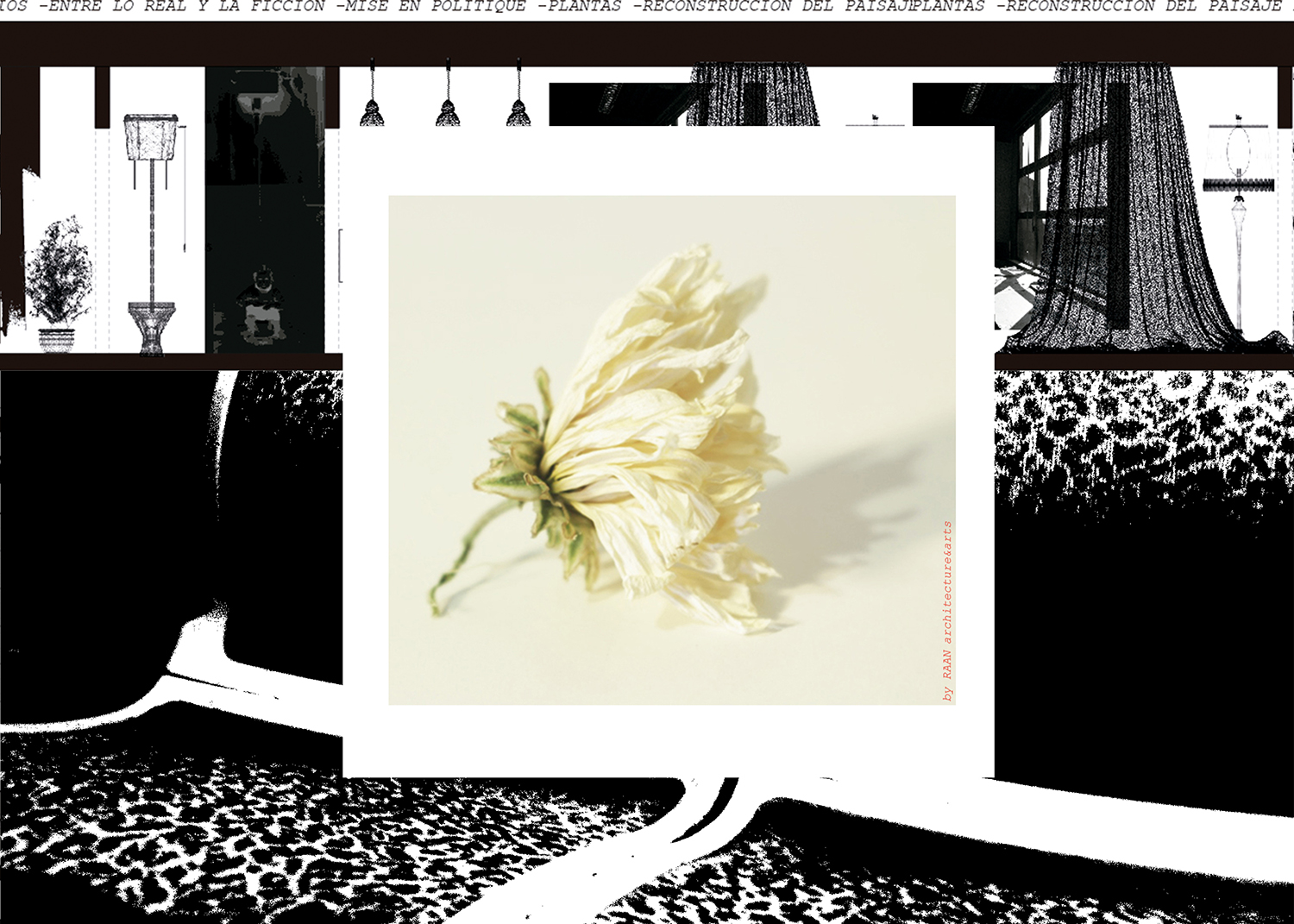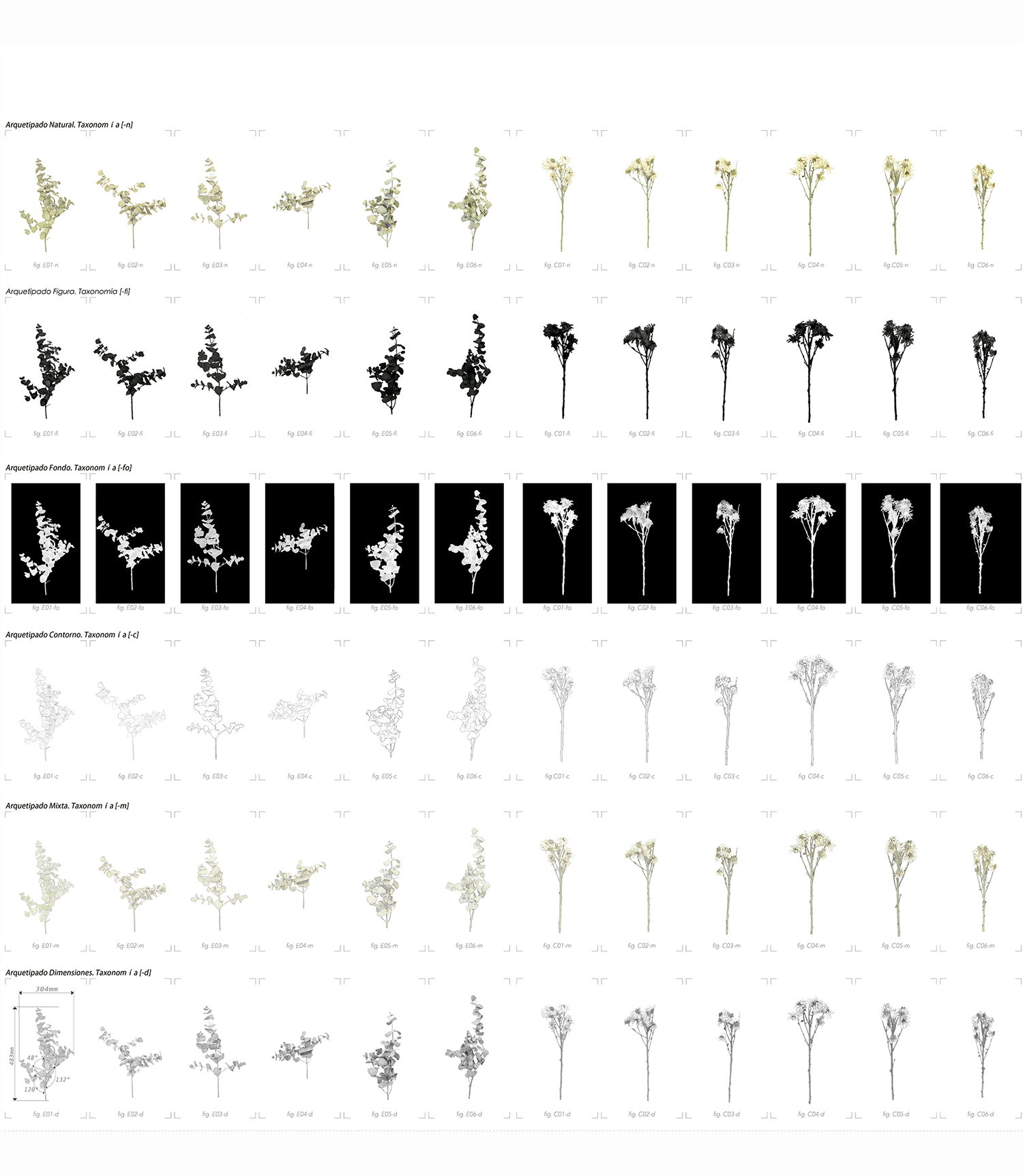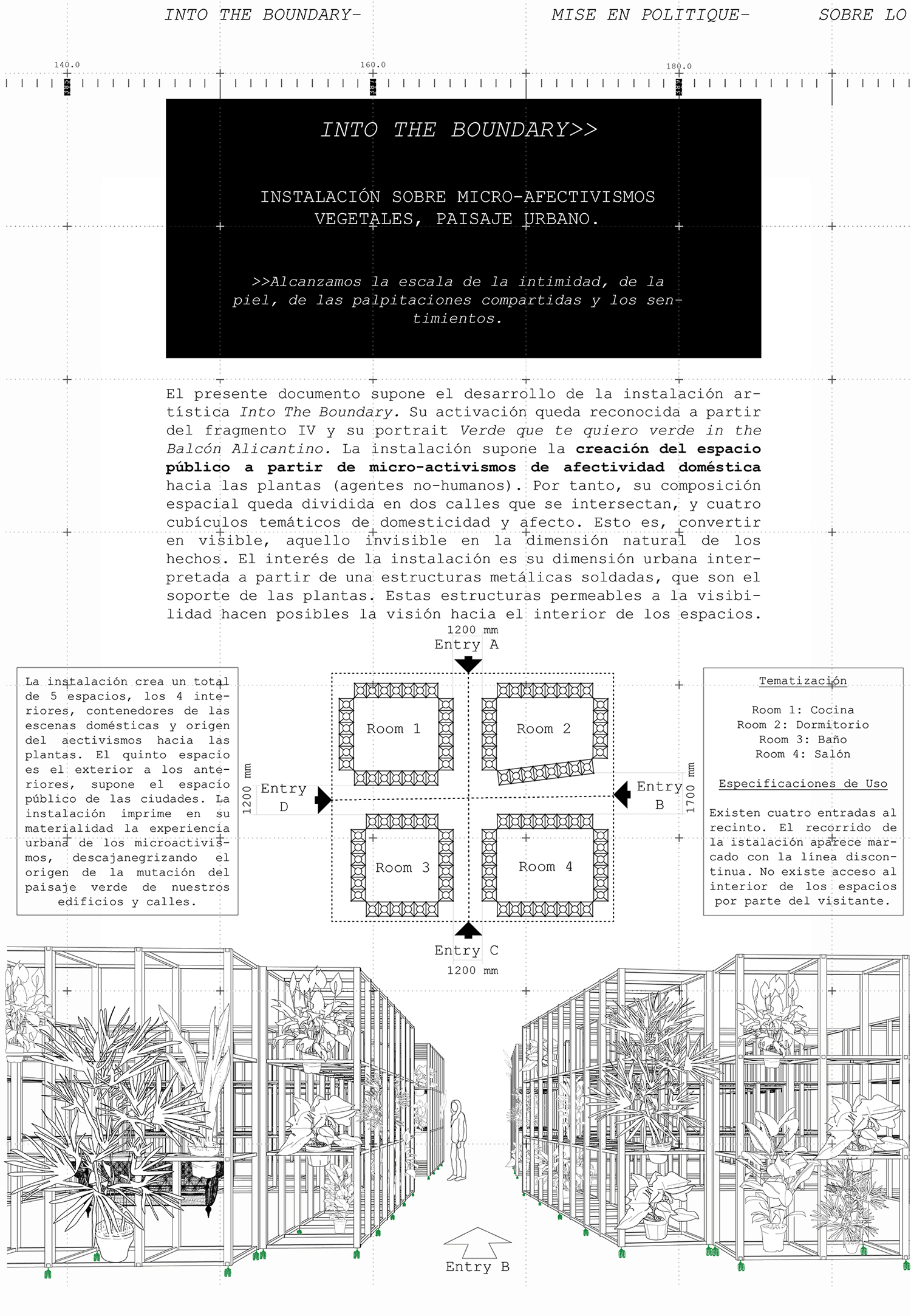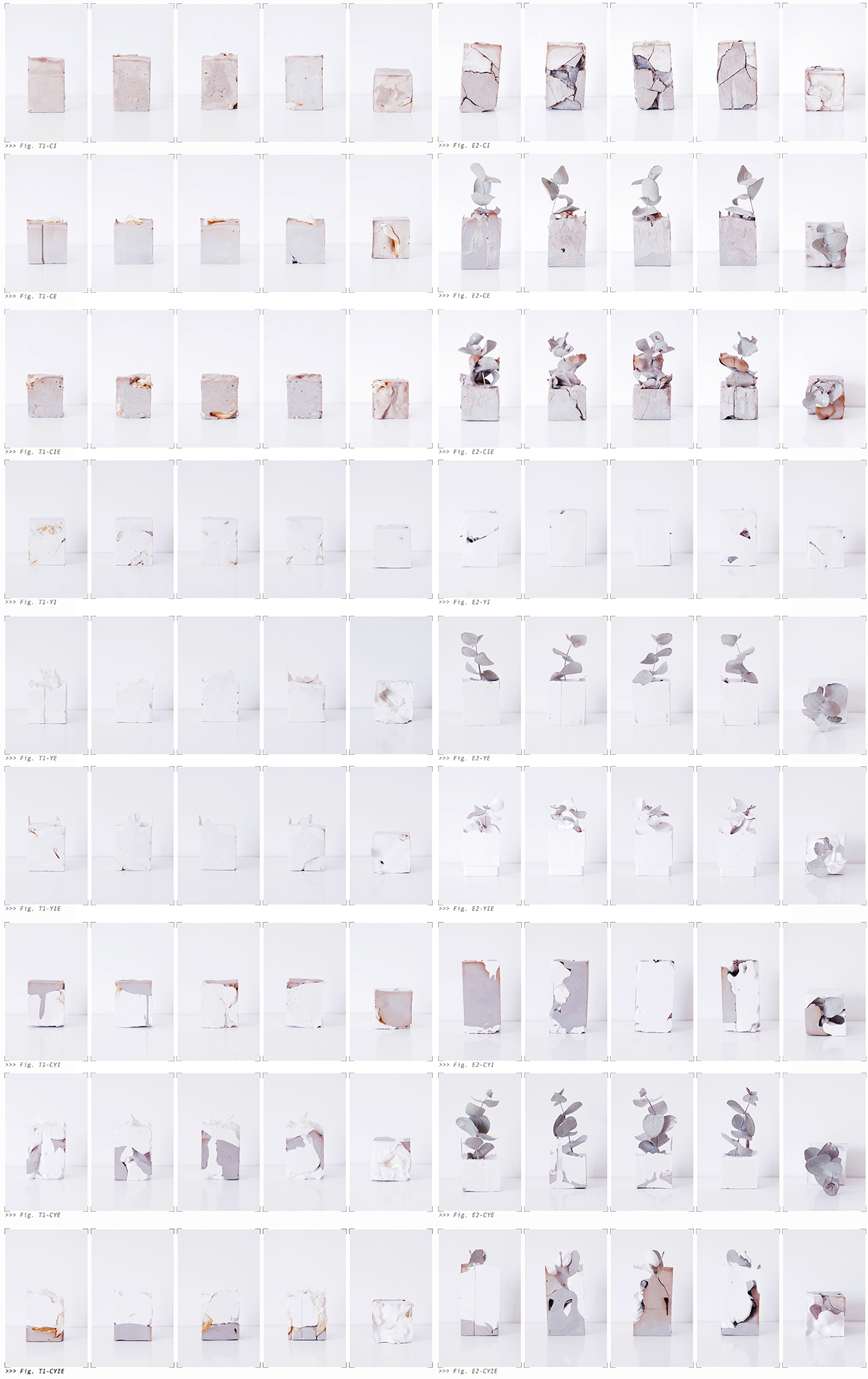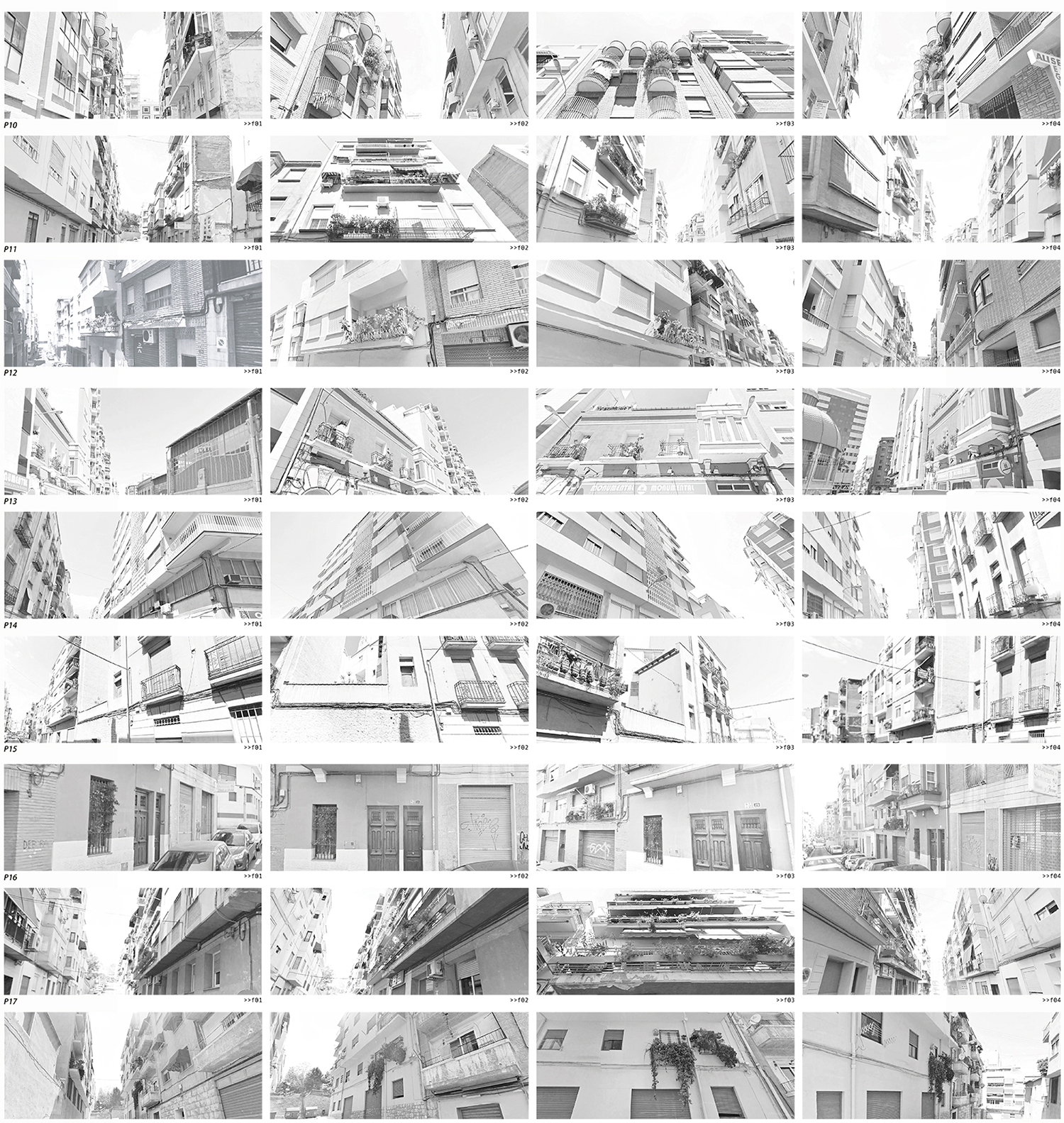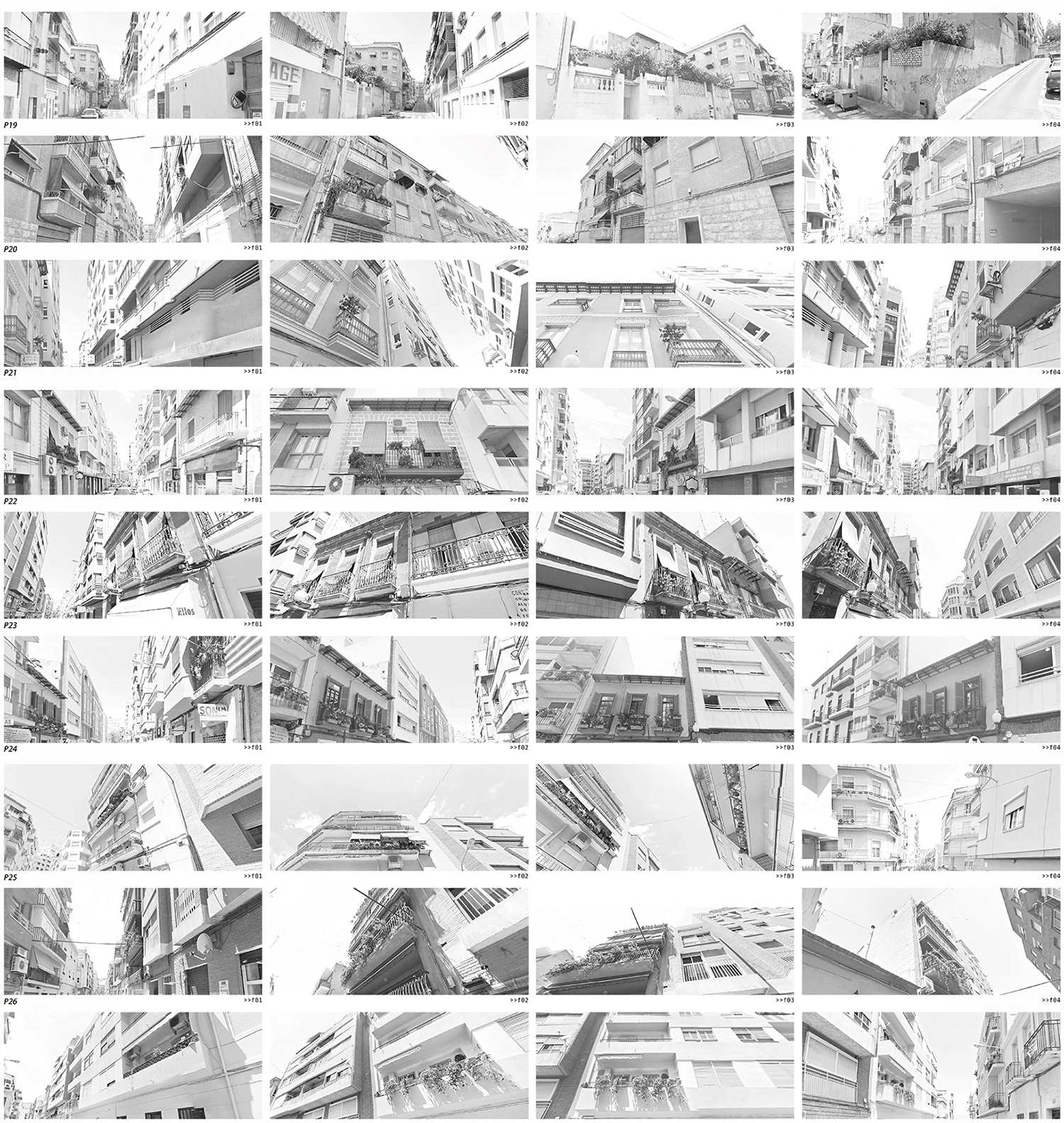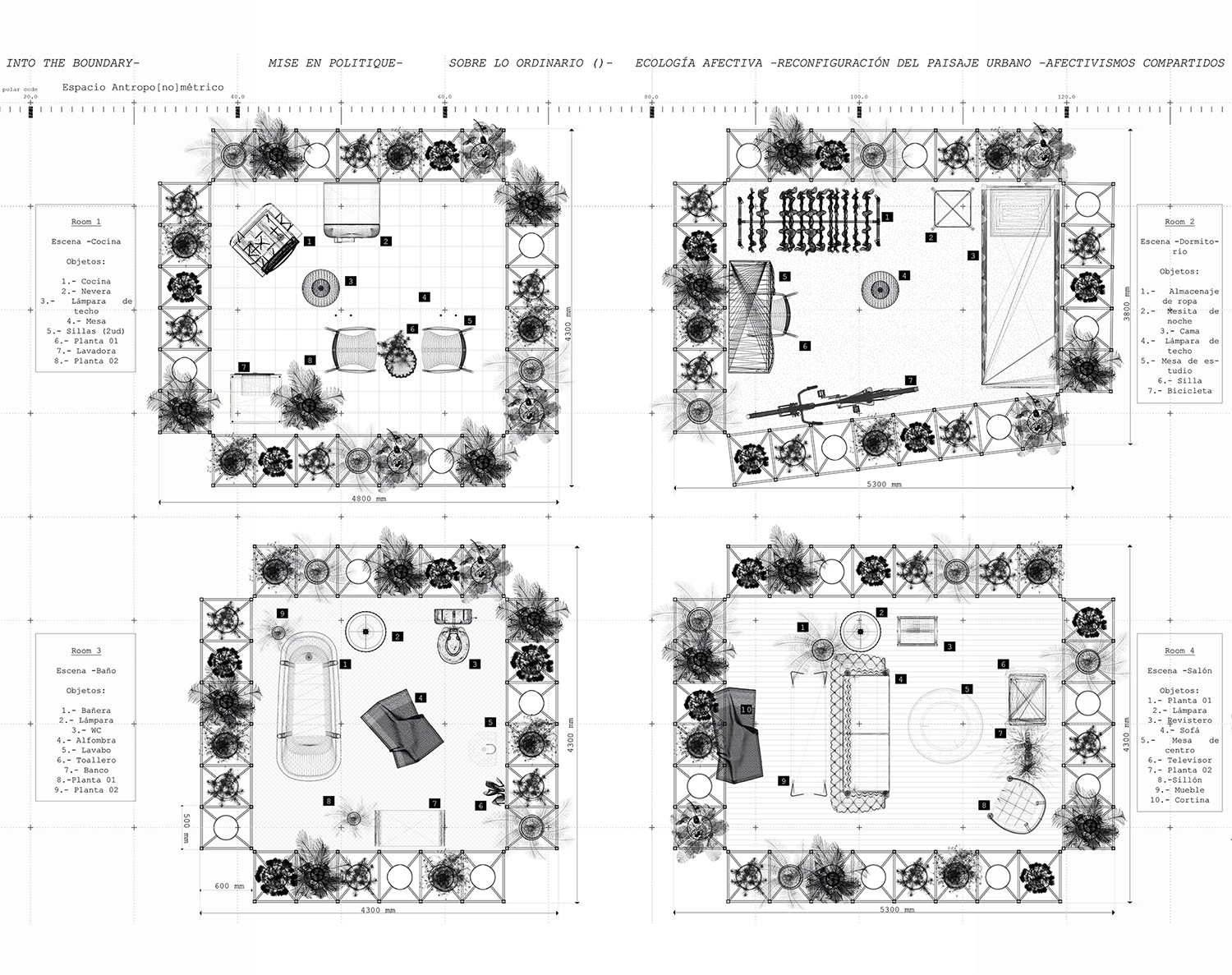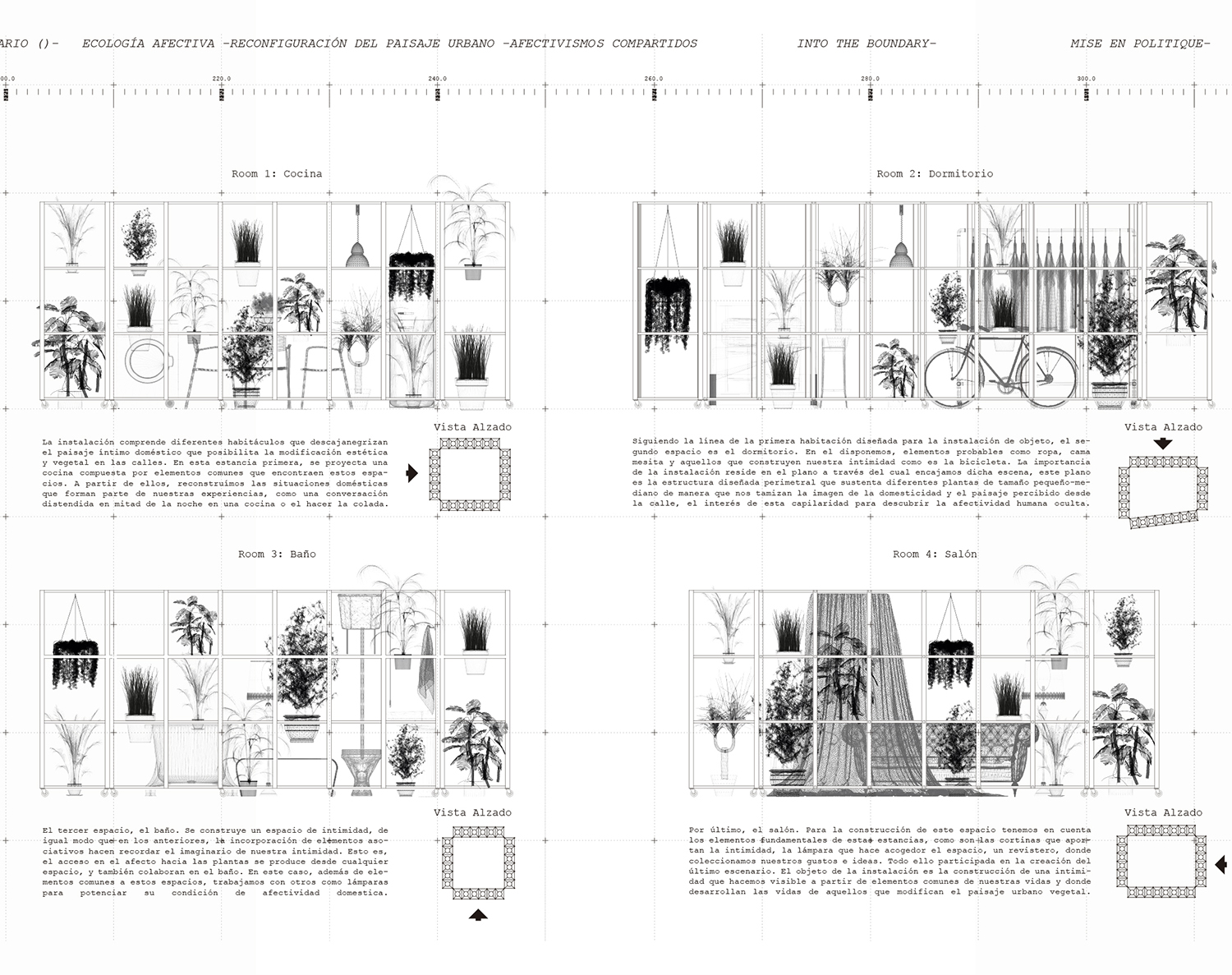Estudio de la representación visual como herramienta necesaria para aproximarse a la problemática: una práctica ecológica arquitectónica. Esta representación visual reconoce en el arte la diversidad y transversalidad necesaria para dicha aproximación. Esto es la manifestación por un hacer arquitectónico simétrico, simétrico en la relación entre los humanos y no-humanos.
“Materialismo antropo[no]céntricos” desarrolla un total de cinco ejercicios artísticos que participan en la construcción de entornos arquitectónicos de carácter vegetal (flores y plantas). El reconocimiento antropo[no]céntrico interpela al pensamiento ecológico “ecological thought” del filósofo Timothy Morton. El carácter activista participa de “The new activism: A plea for Affirmattive Ethics” de la filósofa Rosi Braidotti. :
“(…) everything is interconnected. This is the ecological thought. (…) It’s something to do with global warming, recycling, and solar power; something to do with quotidian relationships between humans and nonhumans. (…) But what would an ecological society look like? What would an ecological mind think? What kinds of art would an ecologically minded person enjoy? All these questions have one thing in common: the ecological thought. (…) It has to do with love, loss, despair, and compassion. It has to do with depression and psycosis. It has to do with capitalism and with what might exist after capitalism. It has to do with amazement, open-mindedness, and wonder. It has to do with doubt, confusion, and skepticism. It has to do with concepts of space and time. It has to do with delight, beauty, ugliness, disgust, irony, and pain. It has to do with consciousness and awareness. It has to do with ideology and critique. It has to do with reading and writing. It has to do with race, class, and gender. It has to do with sexuality. It has to do with ideas of self and the weird paradoxes of subjectivity. It has to do with society. It has to do with coexistence.” Ecological Thought (Harvard University Press, 2010), Timothy Morton.
“ The ethical-political concept here is the necessary to think with the times and in spite of the times, not in a belligerent mode of oppositional consciousness, but as a humble and empowering gesture of co-construction of sustainable futures.” The new activism: A plea for Affirma- ttive Ethics (Art and Activism in the Age of Globalization, 2011), Rosi Braidotti.
Breve descripción de cada Fragmento.
Frag. I. -ATLAS. ARQUETIPOS DE UN RAMO MARCHITO.
Resistencia y belleza silenciosa. Poética vs Política. Ausencia del individuo. Interés documental. Sobre las relaciones entre la materia vegetal y el lenguaje arquitectónico. Colección de flores secas recuperadas de un ramo de flores, objeto de reciclaje, reciclaje de materia vegetal.
Frag. II. -COLECCIÓN NATURE-ARCHICOLLAGE.
Collage de flores secas, materia vegetal, objeto reciclaje. Iconoclasia. Ausencia del individuo. Intervención ecológica del espacio. Sobre las relaciones entre el mundo natural y el valor simbólico. Construir la realidad desde la ficción. Entre la tradición y la ecología.
Frag. III. -APROXIMACIÓN PLÁSTICA A LA MATERIA VEGETAL.
Investigación plástica. Esculturas sobre acciones en la materia vegetal. Acciones de posición y de contexto.
Materia vegetal son flores secas:, objeto de reciclaje.
Contexto, materia arquitectónica, cemento y el yeso. Intervención poética de la materia. Ausencia del individuo. Serie fotográfica. Objetos independientes del sujeto que los imagina por primera vez o cada vez. Ensamblaje insólito. Arte, creación, superviviencia.
Frag. IV. –PORTRAIT.VERDE QUE TE QUIERO VERDE IN THE BALCÓN ALICANTINO.
Microactivismos. Boundary. Supervivencia y fragilidad. Límites entre lo privado y lo público. Serie fotográfica. Relaciona la materia vegetal con el espacio público.
Presencia oculta del individuo. Construir la realidad desde microactivismos domésticos. Sobre las relaciones entre el mundo natural y el afecto por lo no-humano.
Frag. V. -LA DÉMOLITION.
Micro-narrativa abstracta. Relaciona la materia vegetal con el espacio. Sobre las relaciones entre el mundo natural y el afecto por lo no-humano. Lo privado se hace público. Una referencia al arte como evasión del mundo. Poética vs política. Intervención poética del espacio.
Construcción con yeso y objetos de reciclaje (la vegetal).
Tutores: ENRIQUE NIETO FERNÁNDEZ (Proyectos Arquitectónicos) + JOSE LUIS OLIVER RAMÍREZ (Composición Arquitectónica)
